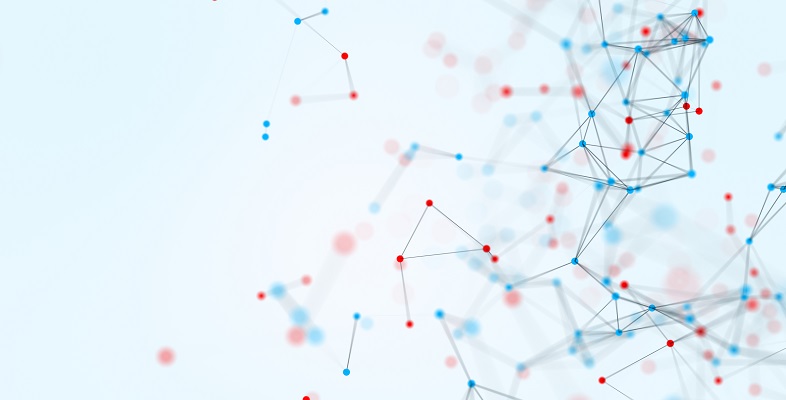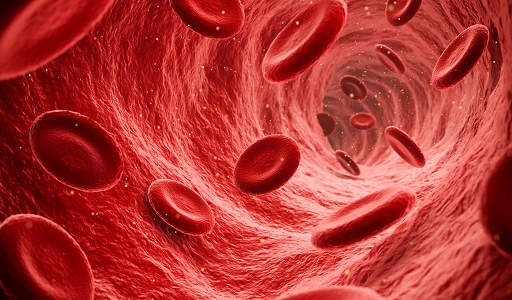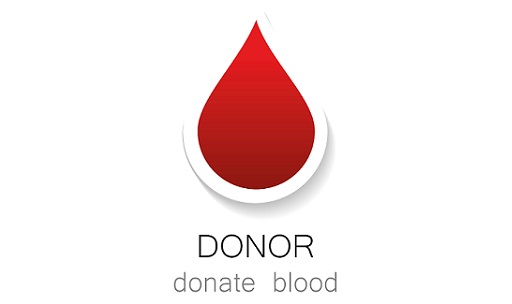3.1 Human beings, data, signs and symbols
We live in a sea of sensation: sight, sound, touch, taste, smell and balance (really a sense of our bodies in three-dimensional space). These sensations, and our ability mentally to process, and then react to and communicate them, are vital to our survival. What we perceive with our senses we call the most primitive form of data: perceptual data.
However, as Example 1 showed, human beings don’t just react instinctively; they respond reflectively, using thought. In other words, we seek to name, to classify and finally to understand what we perceive. A reaction like withdrawing your hand from something that is painful to touch is instinctive. Physiologically, such a reaction protects us from harm.
Language, one of the defining characteristics of human beings, is a hugely complex system of meaningful sounds which can be combined and repeated. It enables us not only to name and classify our sensations, but also to communicate them and our thoughts about them to others.
About 30,000 years ago human beings began making ‘useless’ objects: items not strictly necessary for survival. They couldn’t be used as tools, eaten or used to keep warm. They were the beginnings of art. These ‘art’ objects were often marked with regular scratches, rhythmic lines or dots. No one now knows what these marks meant to the people who made them. Yet we believe that they were signs conveying specific meanings to those who made and used them (anything from counts of days between full moons to reminders of important events in the stories told around the communal fire at night).
A sign (or symbol: these terms are considered to have the same meaning in this course) can be defined as something that conveys some information by means other than direct representation. Signs represent something other than themselves: they symbolise something. Signs vary: a beeping sound on a monitor in the intensive care unit (ICU) can indicate a patient’s condition is changing; a flashing sign on the monitor can draw attention to a specific piece of information, for example tachycardia.
In the well-known painting, The Arnolfini Portrait by Jan van Eyck (shown in Figure 3), the inclusion of the dog in the foreground symbolises domestic fidelity, and the convex mirror in the background symbolises the observing eye of God, keeping watch over the couple.

The painting includes many other objects which are symbolic as well as representational, such as the shoes, the single candle in the candelabra, and the positions of the couple’s hands.
Generally, we distinguish signs and symbols from representations by saying that:
- they have a meaning apart from their direct representation
- this meaning is understood by a group of people who agree broadly on what that meaning is.
A flag symbolises a nation or other group, and what is pictured on the flag usually symbolises things important to that group: homeland, language, history or myth. The hands of the couple in Figure 3 symbolise a very ancient custom that the groom ‘asks for the hand’ of his future wife, and the bride ‘gives her hand in marriage’.
Coming back to language, words are also signs. The word ‘blood’ symbolises a particular type of liquid that the body uses to transport oxygen, nutrients, protection and waste products. The word itself is not blood, nor is it a particular person’s blood; it symbolises the substance we think of as a blood. To consider this point, take a look at these images then complete the activity.
Activity 4 The symbol of blood
Would you call the depiction shown in Figure 4 blood, or does the art symbolise what blood is? In Figure 5, which appears for blood donation, is it a sign in the sense used above? If so, what does it symbolise?
Discussion
The picture of the blood in Figure 4 is a representation (symbolism) of real blood. Figure 5 is intended to be a sign that symbolises blood in a blood donation drive.
Signs can come in many forms. There are visual signs (such as road signs, biohazard signs), audible signs (beeps and tones used as attention-getters or warnings, as with medical equipment in ICUs) and tactile signs (such as textured paving stones near a road crossing).
Activity 5 Tactile signs
Can you think of any other examples of tactile signs? What might their uses be?
Discussion
You might have thought of braille, which is intended to be read by those with a visual impairment, using the tips of the fingers.
Even for sighted users, tactile signs can be useful. Where the user must use sight or hearing for other things (operating complex machinery), or where vision or hearing is not possible (in very dark or very noisy environments), the position, shape, size or texture of a tactile sign can ensure that the user knows what it is without having to look at it. Most cars, for example, use position to differentiate between two otherwise similar controls, like the indicator lever and the windscreen wiper lever.
Example 2 An alphabet of touch
Louis Braille, the inventor of the braille system, was only a precocious 10-year-old when he entered Valentin Haüy’s pioneering school for children with a visual impairment in 1819. Haüy – a specialist in decoding manuscripts before he founded the school – had already invented a form of writing for people with a visual impairment using an embossed alphabet. Though a great step forward, Haüy’s system had its drawbacks: it was prone to errors and confusion.
When Braille was 12, Charles Barbier de la Serre, a French army captain, visited the school and described his system of 12 raised dots representing sounds which could be combined to form words. Braille experimented with Barbier’s system and, by the time he was 20, he had simplified it so that each letter of the alphabet could be represented by six raised dots arranged in three rows.
The dots are precisely placed in relation to each other for each character and precisely aligned (sloppily written braille is even harder to read than messy handwriting), and the 63 combinations of dots and positions comprise an alphabet, numerals, the main mathematical signs and a music notation.
Braille is interesting because the basic unit of the sign is, simply, the raised dot, whereas most alphabets compose letters using straight lines, dots, curves and compound marks. Thus braille is very simple and purely abstract (that is, it has no remnants of an iconic system, such as representing the quantity zero by an empty circle). An average braille reader can read about 150 words a minute.
The braille system also freed those with a visual impairment to write for themselves (using a variety of hand- and machine-operated tools). Nowadays computers can produce braille text directly.
In summary, a sign or symbol is a way of representing data. For example, the word ‘blue’ is a sign of a particular colour sensation; a seemingly simple word like ‘cow’ is a sign of a complex thought or idea derived from many sensations; a road sign can represent some condition of the road (e.g. that it narrows ahead) and warn the driver to take care.
Activity 6 What is a sign?
Describe in your own words what is meant by a sign or symbol and explain how your personal name is an example.
Discussion
You might have said something like this:
A sign is a representation of something, where the representation could be a sound (such as a word) or a drawing or some other more abstract representation. To be a meaningful sign, there must be a group of people who agree on what the sign represents.
Your name is a sign, in that it is not you, but represents you to yourself and to others (e.g. your family, your employers, your community).


